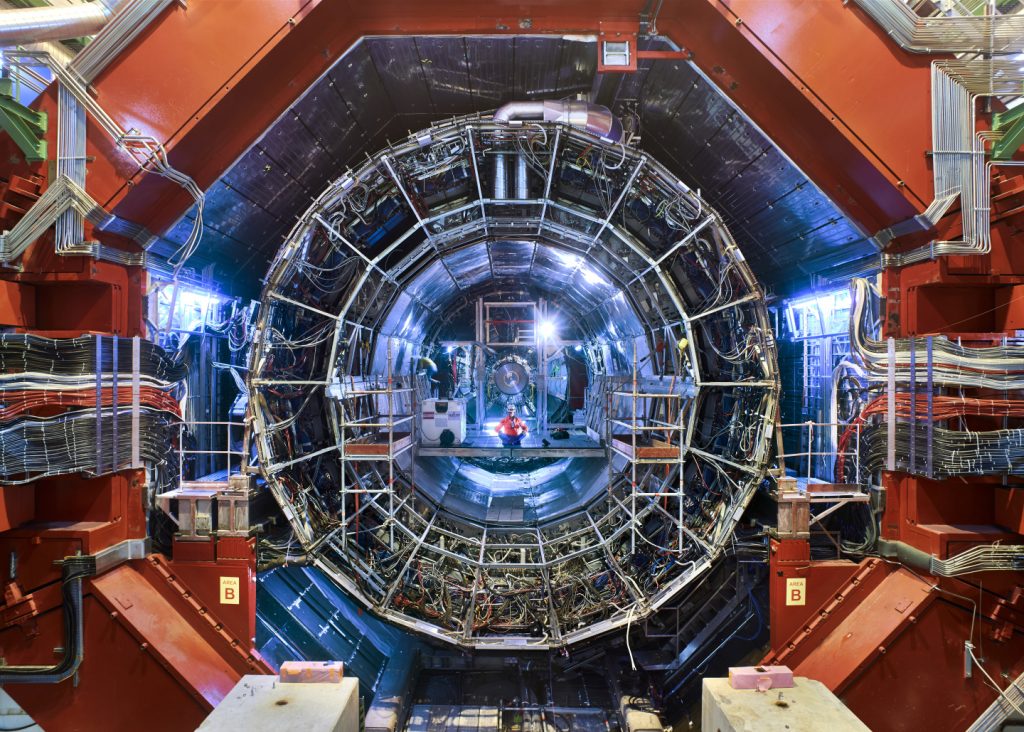There is a flurry of excitement coming from CERN. LHCb, one of the four experiments on the Large Hadron Collider (LHC) has seen something that violates the accepted theory: the standard model of particle physics.

So what is lepton flavor universality?
Leptons are a class of particles that include the electrons, neutrinos, and particles like the electrons but much heavier known as muon and tau. All these particles are defined as different ‘flavors’ of leptons. And finally, we get to universality.
Electrons, muon, and tau particles can interact via the electromagnetic force and the weak nuclear force, which is responsible for radioactive decay. Combined together this makes the electroweak force and the standard model says that these leptons should have identical electroweak interaction strengths. But the latest observations are now saying that this might not be the case.
In the new work, the LHCb collaboration highlights how these results are consistent with recent work from labs from across the world, giving credence that we are getting close to finding the limits of the standard model of particle physics.
This is not confirmed just yet
Although the findings revealed that the violation exists with a confidence level of 99.81 percent or 3.1 sigmas, which is high, it is still far below the golden standard (five sigmas) 99.99994 percent confidence level for such a discovery.
To give you a similitude, the probability of the current result being wrong is higher than the probability of being dealt a four-of-a-kind in a poker game. The five sigma level is smaller than the risk of being killed by lightning in Germany any given year.
“If a violation of lepton flavour universality were to be confirmed, it would require a new physical process, such as the existence of new fundamental particles or interactions,” LHCb spokesperson Professor Chris Parkes from the University of Manchester and CERN, said in a statement. “More studies on related processes are under way using the existing LHCb data. We will be excited to see if they strengthen the intriguing hints in the current results.”
The LHCb looked at the decay of beauty (or bottom) quarks, which is one of the six flavors of quarks. The measurement looked at two how these quarks change into a different flavor of quark (the strange quark). This is a very rare decay and it can happen either by producing electrons or by producing muons. The standard model predicts that both happen with almost the same probability. But that’s now what they saw in this experiment.
The standard model of particle physics is one of the finest scientific theories humanity has created but it is known to be limited and incomplete. It is very exciting to be at the point where we might find out what’s beyond it. [ArXiv, IFLS]
Now subscribe to this blog to get more amazing news curated just for you right in your inbox on a daily basis (here an example of our new newsletter).
You can also follow us on Facebook and/ or Twitter. And, by the way you can also make a donation through Paypal. Thank you!
You should really subscribe to QFiles. You will get very interesting information about strange events around the world.












